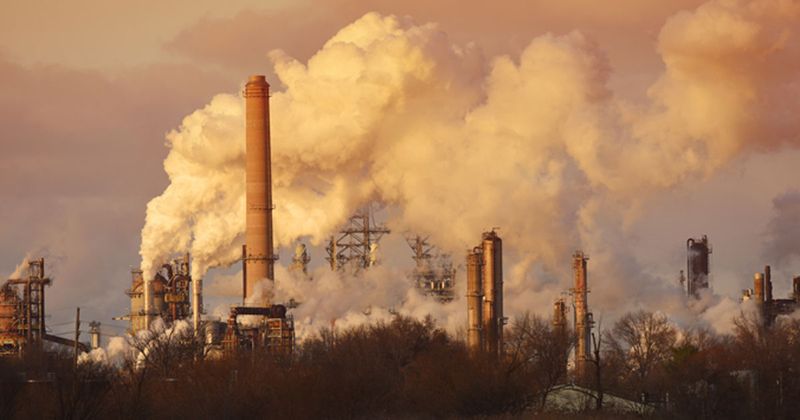Air pollution may impact control of sleep apnea on positive airway pressure therapy
Air pollution concentrations, even at relatively low levels, were associated with a change in the effectiveness of positive airway pressure therapy among individuals with obstructive sleep apnea, according to findings published in Chest.
“It has been hypothesized that air pollution could influence OSA through upper airway irritation, damage to airway epithelial cells, activation of oxidative stress and inflammation and alteration of autonomous nervous system regulation via irritant receptors,” Tetyana Kendzerska, MD, PhD, associate professor in the department of medicine at the University of Ottawa and the Ottawa Hospital Research Institute in Ontario, Canada, and colleagues wrote. “We previously demonstrated the potential for joint effects of moderate to severe OSA and air pollution on systemic inflammation. Reducing air pollution may thus improve the effectiveness of positive airway pressure therapy in individuals with OSA and OSA control on positive airway pressure.”

The retrospective, longitudinal study included 8,148 adults with OSA (median age, 53.9 years; 60.6% men). All participants purchased a positive airway pressure device from 2013 to 2017 in Ontario, Canada, and had data on the daily device-derived residual apnea-hypopnea index. Researchers linked these data with air pollution databases using participants’ postal codes.
The primary outcome was mean nocturnal residential air pollution concentrations measured by ozone, fine particulate matter, nitrogen dioxide, carbon monoxide, sulfur dioxide and the Air Quality Health Index.
Researchers reported a median of 89 days during which positive airway pressure therapy was used for 4 hours or longer. The median daily apnea-hypopnea index flow was 1.2 per hour.
An increase in the 12-hour mean of all air pollution concentrations was associated with a significant increase in apnea-hypopnea index flow among individuals who used positive airway pressure for at least 4 hours in mixed multivariate regression analyses.
Researchers reported the largest air pollution effect for the Air Quality Health Index, with an increase in apnea-hypopnea index flow of 0.07 per hour when comparing highest vs. lowest quartiles.
“This indicates that air pollution may adversely affect the physiology of individuals with OSA, even on treatment. Linking air pollution with OSA also provides an additional mechanism for the association between air pollution with cardiovascular disease,” the researchers wrote. “Our novel findings, if confirmed by further research, would be useful to inform policy and regulation decisions requiring estimation of the total burden of morbidity due to air pollution.”
